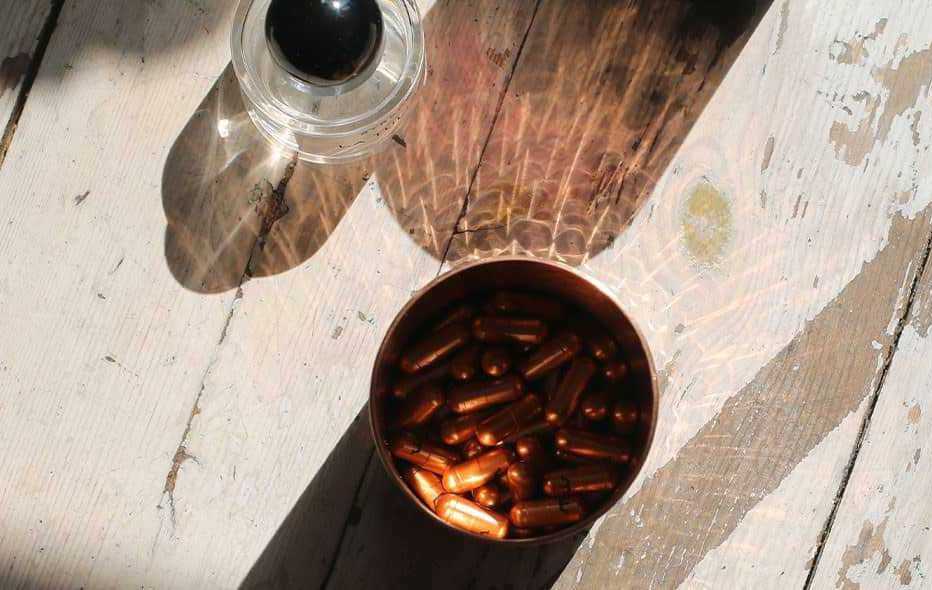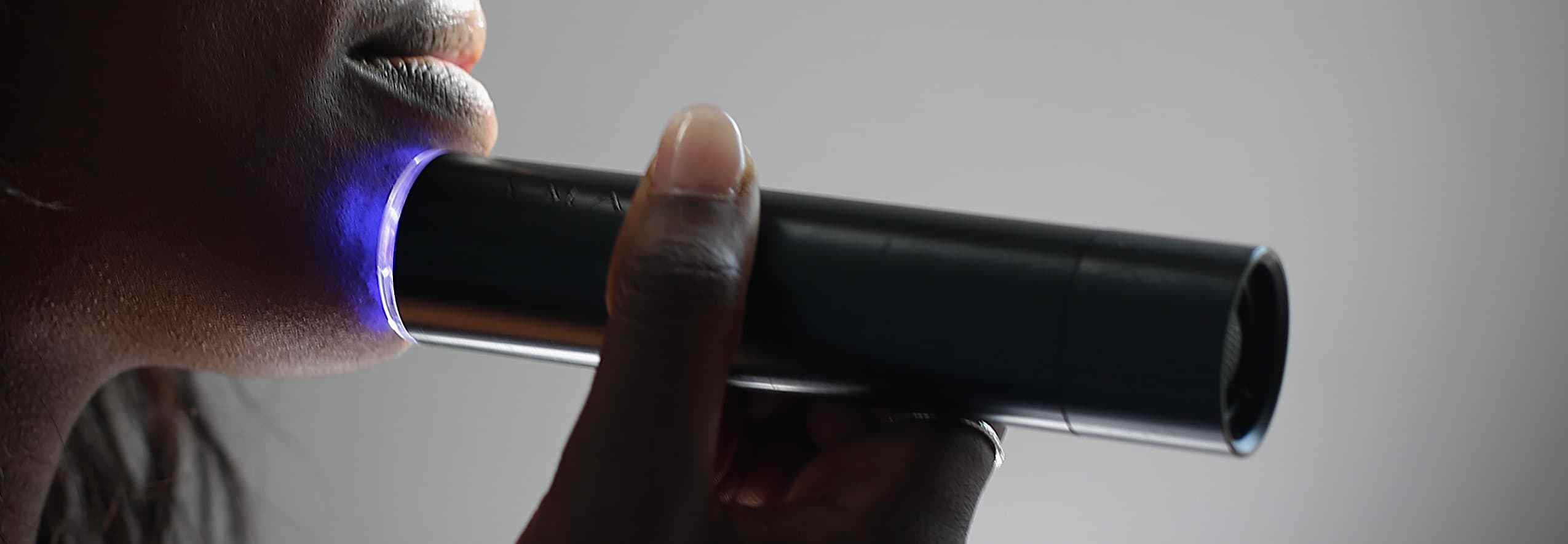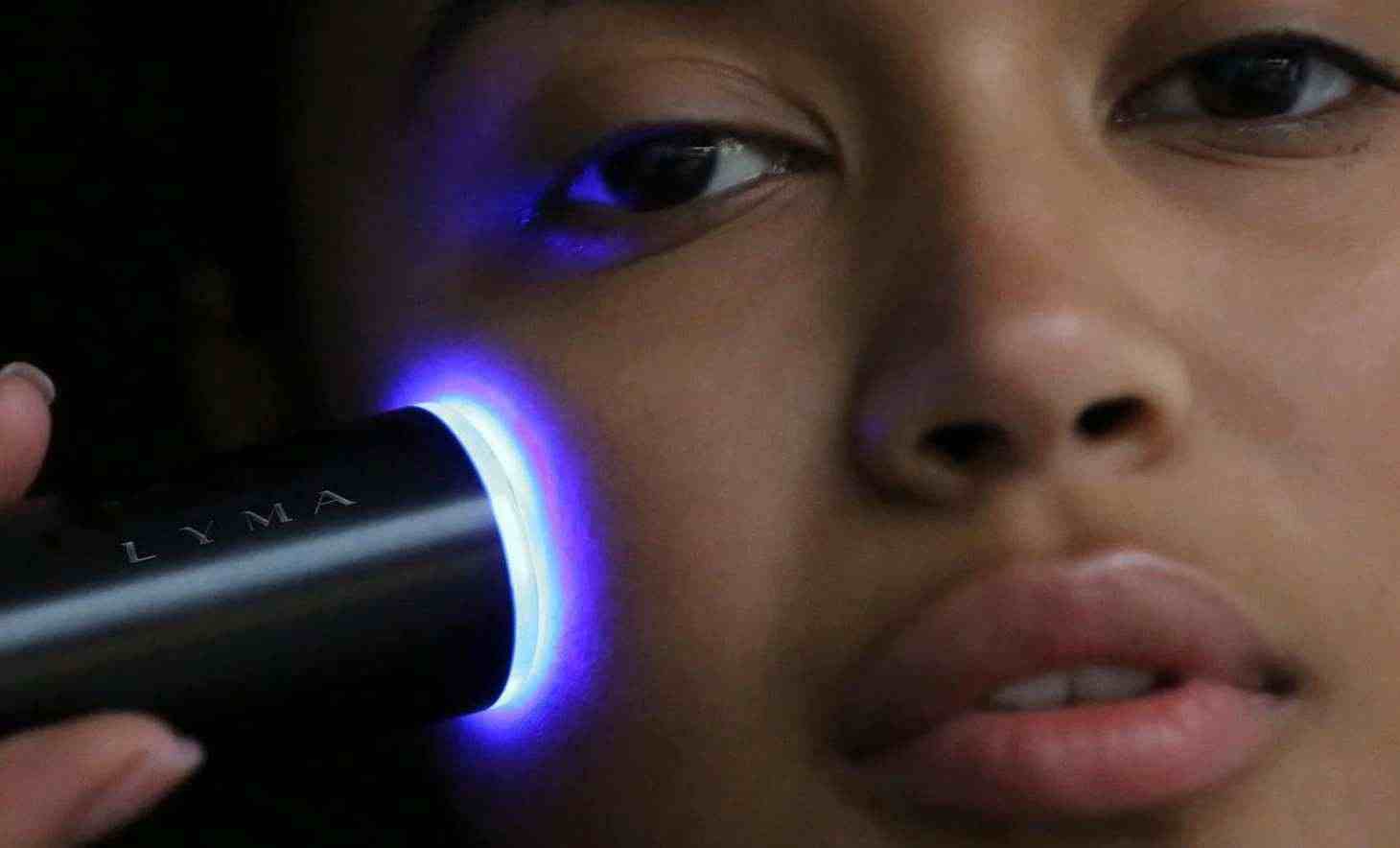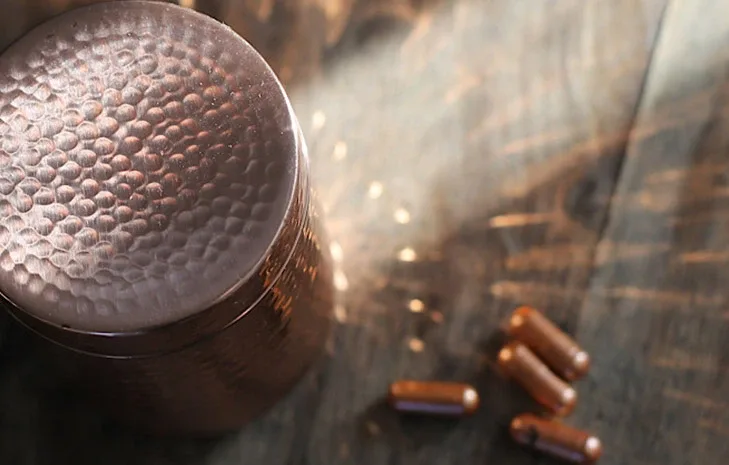The quest
for better.
Sign up to our mailing list to discover the future of beauty and wellness.
6 Minute ReadHow To by Jessica Lacey
20.04.22
Skin’s principal task is shielding what’s inside from what’s outside. The outermost layers of skin cells form a barrier officially called the stratum corneum, along with a matrix of lipids, ceramides, amino acids cholesterol and a complex assortment of fatty acids. Research shows this protective mantle is crucial to preventing water loss and defending skin from environmental factors such as UV damage, pollution, dry and cold weather, blue light from devices, and airborne allergens.
Skin barrier performance is heavily reliant on your skin’s microbiome - the ecosystem of bacteria that reside happily on your skin to ward off impurities and unwelcome pathogens - which in the most-part live in harmony. But a motley crew of 'external aggressors’ can throw things into flux, impairing the delicate microbiome balance and further bringing skin defences down.
“Every organ has its own microbiome and the skin is no exception. It forms part of our innate immune system, defending against infection and a healthy skin microbiome can be regarded as a barrier of sorts. This is the focus of a good deal of current research, which should be positive for skin health and appearance,” says Prof. Paul Clayton, nutritional scientist and the world’s leading expert in the fast-developing science of pharmaco-nutrition. Clayton was part of the team who brought the LYMA Supplement to fruition; a peer-reviewed nutraceutical consisting of just nine scientifically proven ingredients. One of those such patented ingredients is Cynatine® HNS, the world’s most bioavailable form of keratin, “We need this amino acid to make many proteins, including keratin. Keratin is a key protein in skin, where it provides important structural and protective functions, especially in the epithelial skin barrier,” explains Clayton.

Has the air around us become more toxic? Well, no actually. The stats on environmental damage are surprisingly encouraging - cigarette smoke has all but flat-lined, traffic control initiatives are progressively reducing city smog, the gradual move towards electric vehicles further improves air quality and recent readings show even the ozone layer is showing evidence of recovery.
Yet skin barrier function is a key focus for the cosmetic industry going forward. The reason for this amplification of the barrier function conversation is most likely due to our changing skincare habits. “We’ve spent years and years exfoliating away our skin problems. Becoming over-enthusiastic with astringent actives, fruit acid enzyme peels and chemical exfoliants, making for far too potent a skincare cocktail,” says Alicia Lartey. She’s part of the new wave of “Pharmfluencers” gaining audience traction thanks to her science-backed candour about how formulas work and what constitutes good skincare. Currently in her third year of a biomedical science degree, Alicia is the epitome of the scientist side hustle - consulting for brands by reviewing the efficacy of their formulas, as well as treating individuals as an aesthetician.
Though we might not think we fall into the overzealous category she’s describing, it’s not uncommon for many of us to apply a vitamin C serum, glycolic acid, salicylic acid and retinoid in the same 24hr period.
Alicia Lartey, Scientist, Skin Expert and Aesthetician

“Detectable signs of an interrupted skin barrier are dehydration, cuts, abrasions, dryness, scaly or a papery appearance. A consistently weak or compromised skin barrier is the underlying cause behind many skin concerns including heightened sensitivity, redness, premature ageing, hyperpigmentation and blemishes. To some degree, everyone will have a compromised skin barrier at some point because barrier resilience weakens with age,” continues Lartey. “Research shows there’s no definitive difference in barrier capability from one skin tone to the next, although redness and inflammation are understandably easier to detect on a paler skin tones. More accurate an assessment is skin type because a dry or dehydrated skin tone will be more readily interrupted whilst oiler skins have a more resilient barrier.”
Encouragingly, if your skin barrier is intact and in good working order, you’ll be able to see it. Skin’s surface will appear hydrated, resilient, smooth and have an overall more unified tone. Focusing on skin health universally has the inadvertent benefit of improving your appearance too.

The rise in popularity and accessibility of in-clinic skin rejuvenation - peels, microneedling, laser resurfacing treatments - has also contributed to an all-out weakening of our protective layers. Traditional clinic-grade lasers blast the skin to cause purposeful damage in order to stimulate skin’s smart healing response, destroying the skin barrier in the process. The resulting micro-fissures created in the skin’s surface leave it thinned, destabilised and susceptible to bacteria, UV radiation and hyperpigmentation.
The direct opposer to these purposeful injury techniques is The LYMA Laser - an industry shifting at-home 500mw laser beam device that reinvigorates cells throughout multiple skin layers to strengthen the skin without first bringing it to its knees. “The LYMA laser emits photons of near-infrared light which exert a direct effect on the mitochondria of the cells in all the layers of the dermis and epidermis. This is a mitohormetic effect, which means that it induces an adaptive response involving enhanced skin repair and regeneration and improved barrier function is a part of that. The effect is also much more profound than skin peeling or microneedling, which can only affect the most superficial layers of the skin,” explains Dr Clayton, the chief scientist behind bringing this ground-breaking technology to market.

Always work to the three following principles:

When it comes to your skincare routine, adopt a barrier first mindset.
